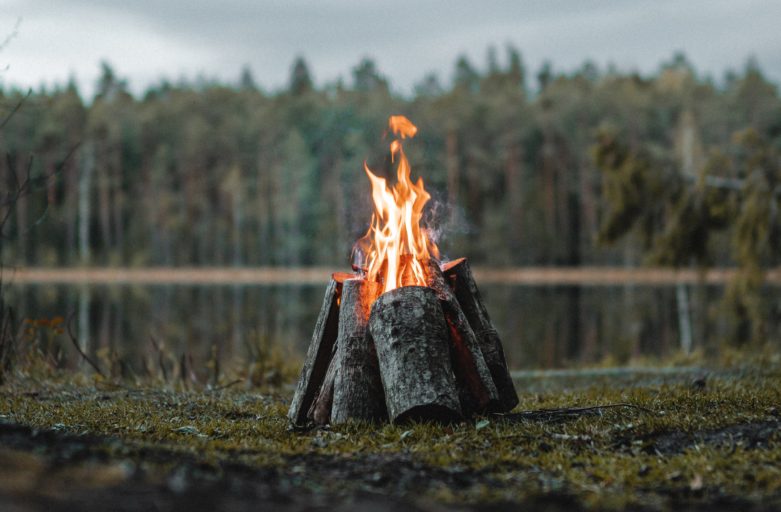Last month we introduced you to the Cultural Tourism Strategy for the Nova Scotia Mi’kmaw and the plans that are underway to develop guidelines for authentic Mi’kmaw Cultural Tourism for Nova Scotia. As many are aware, (COVID 19 notwithstanding!) tourism is one of the largest economic drivers in Nova Scotia. Although Mi’kmaw have had some involvement in this industry, we are by no means sharing equally in the significant opportunities that exist in this sector.
Cultural Tourism is generally defined as a category of tourism focused on a traveler’s engagement with a country or region’s culture, specifically the lifestyle of the people in that geographical area, their history, art, architecture, religion(s), and other elements that helped shape their way of life. It is generally agreed that cultural tourists spend substantially more than standard tourists do.
Cultural Tourism is a relatively new opportunity for Mi’kmaw communities, and generally, the tourism sector focus has been on nation-developed entities within Nova Scotia. But we know that global interest in Indigenous culture and cultural experiences is growing, while gaining recognition as an important and unique sector in tourism. The focus on experiential tourism experiences is high: tourists are seeking experiences and opportunities to learn. As noted in the Atlantic Growth Strategy, “there is an opportunity to attract far more visitors to the region for whom a culturally and environmentally authentic experience is worth almost any price. Visitors want local – in Nova Scotia, it doesn’t get more local than Mi’kmaw.”
Authenticity Guidelines are one of the ways we can ensure that the Mi’kmaq story is being told by, and governed by, the Mi’kmaq. We are currently in the process of gathering feedback from Mi’kmaw Elders, Knowledge Keepers, community leaders, artists, crafters, and tourism operators about Mi’kmaw songs, dances, traditional stories, history, images, and other ceremonies and practices. This information will be used to create guidelines for developing and offering Mi’kmaw tourism products, services and cultural experiences that are truly authentic and endorsed by our communities and leaders. Part of this process also includes developing a Mi’kmaw brand and ensuring that we have measures in place to support and protect us.
In last month’s article we mentioned that the team will be using a variety of platforms to engage with community members and provide opportunities for information sharing and feedback and that we anticipate a draft report in early winter. Our conversations are focusing on five key areas:
Defining Authenticity – What does authenticity mean? How do we know when something is authentically Mi’kmaw?
Mi’kmaw Content – What Mi’kmaw stories and experiences should we share with the public? How do we balance tradition and cultural evolution?
Mi’kmaw Ceremony – Which Mi’kmaw ceremonies are not to be shared, and which Mi’kmaw ceremonies can be shared with the public? How can we compensate our Elders for their knowledge and wisdom?
Nation Business vs Entrepreneur Business – Should authenticity rules be the same for Band businesses and community businesses? What kind of experiences should be delivered by each?
Communication – How do we support tourism operators to understand Mi’kmaw cultural authenticity guidelines? How should we communicate to visitors that an experience is authentically Mi’kmaq?
The Guidelines will support economic and social development within Mi’kmaw Communities and enterprises by attracting more visitors, while awakening and fostering broader community and citizen interest in Indigenous issues and culture. Indeed, other areas of Canada and the world have demonstrated that Cultural Tourism has sparked the revitalization of language and culture within Indigenous communities.
While COVID-19 has created a new current reality, we also know that this global situation is temporary, and that tourism will rise once again. With opportunities to develop authentic Mi’kmaw experiences that can be driven by nations, entrepreneurs and business owners, we want to be ready to capitalize on this socio-economic opportunity once the COVID crisis abates. The entire tourism industry will benefit when the Mi’kmaw are supported to tell their own stories in their own voices.
By: Shannon Monk, KMKNO

